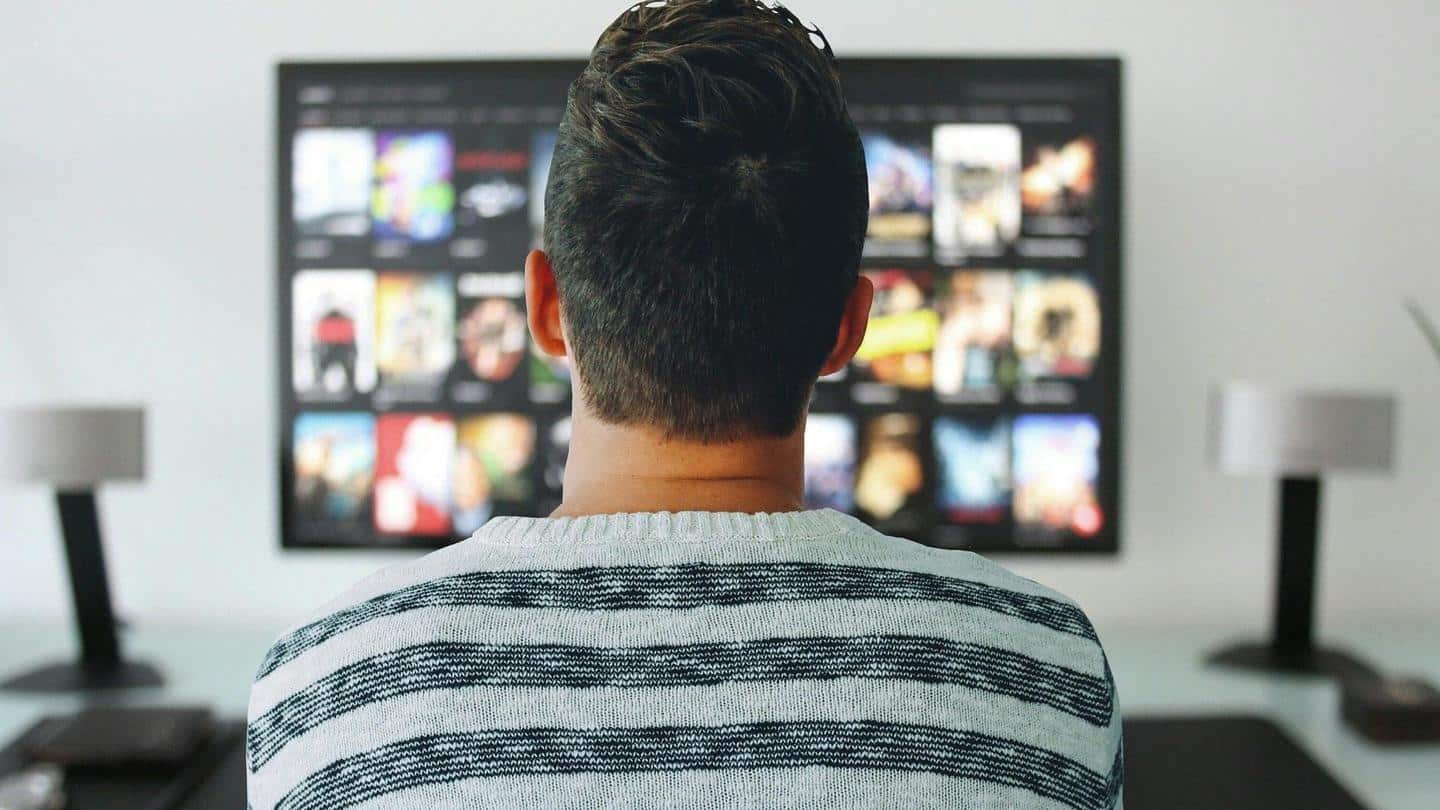
Leading streaming services, including Netflix, adopt self-regulation code
What's the story
In a major move, leading online content providers, including Netflix, Amazon Prime Video, and Disney+ Hotstar, have agreed to adopt a 'universal self-regulation' code in India.
The action will see the platforms police their own content through a series of uniformly agreed measures and avoid broader, more stringent censorship from Indian regulators.
Here's all you need to know about it.
Measures
Self-regulatory framework to be followed by platforms
Under the signed code, created by the Internet and Mobile Association of India, Netflix, Amazon Prime Video, and 13 other OTT services will follow a standardized framework to help viewers decide whether a movie/show is suitable for viewing or not.
They will introduce a number of approaches (if not already done) under this framework including things like age-classification, content description, and access control options.
Grievance
A grievance redressal system will be established
As part of the framework, the companies will also set up a system to report guideline violations.
Plus, they will have a dedicated grievance redressal and escalation system and/or an internal committee to address consumer complaints.
Each company, that has signed the code, has also agreed to appoint an external advisor for the grievance redressal mechanism within 60 days from September 4.
Companies
Other companies that have signed the code
Along with the aforementioned platforms, ZEE5, Viacom 18, MX Player, Jio Cinema, Eros Now, ALTBalaji, Arre, Hoichoi, Hungama, Shemaroo, Discovery Plus, and Flickstree have signed the code.
Tarun Katial, the chairperson of the Digital Entertainment Committee said the framework is built around a shared belief that consumer empowerment and creative excellence are crucial to ensure the success of digital platforms.
Calls
There have been calls for censorship of online content
The action comes as many have raised alarms over the content shared on OTT platforms and called for increased censorship, like CBFC censors/certifies content made for theaters and televisions.
However, these guidelines will act as a middle ground, ensuring that the content shared online matches certain agreed upon standards, and creators get their creative freedom without worrying about getting hit by stringent censorship.
Quote
Here's what IAMAI said on the self-regulation framework
"The goal of this industry-wide effort is to empower consumers with information and tools to assist them in making an informed choice with regard to viewing decisions for them and their families, while nurturing creativity and providing creators the freedom to tell the finest stories."